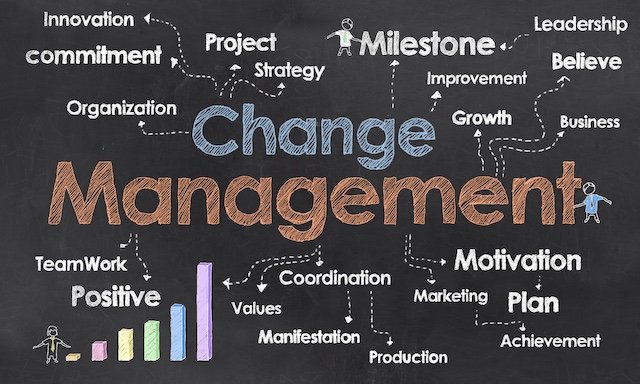What Is the Kübler Ross Change Curve Model?
The Kübler-Ross Change Curve Model, developed by psychiatrist Elisabeth Kübler-Ross in her 1969 book “On Death and Dying,” describes the emotional stages people experience when facing change or grief. Although initially intended for terminally ill patients, the model has been widely adapted to understand reactions to personal and organizational change.
What are the 5 phases of change according to Kübler-Ross?
The Kübler-Ross Change Curve, widely known for its application in understanding emotional transitions during grief, consists of five distinct phases. These phases describe people’s typical emotional journey when facing significant change or loss. Here’s an in-depth look at each phase:
- Denial: In the denial phase, individuals initially resist the change because it disrupts their sense of stability. The common reaction is disbelief: “This can’t be happening.” This phase serves as a defense mechanism to buffer the immediate shock of the change, allowing individuals to process the news at their own pace. Denial helps people to pace their feelings of grief.
- Anger: As the buffering effects of denial begin to wear off, reality and its pain re-emerge. The individual recognizes that denial cannot continue, which results in frustration, irritation, and anger. This anger can be directed at other people, objects, situations, or even oneself. Anger may arise from a feeling of helplessness or abandonment.
- Bargaining: The bargaining phase involves the hope that the individual can avoid or minimize the cause of grief. Typically, it takes the form of a temporary truce, such as “If only we could go back to how things were before.” Bargaining often involves negotiation for an extended period before the change takes full effect, seeking to delay the inevitable.
- Depression: During the depression phase, the reality of the situation has firmly set in, and feelings of sadness, regret, fear, and uncertainty are common. It’s not a sign of mental illness but rather an appropriate response to a loss. The individual may feel overwhelmed, hopeless, and helpless as they come to terms with the change.
- Acceptance: In the final stage of the Kübler-Ross Change Curve, individuals embrace the inevitability of the change and begin looking ahead to the future. Acceptance does not necessarily mean happiness about the situation but rather a psychological resignation to reality and a starting point from which to rebuild and move forward.
Note: It’s important to remember that these stages aren’t always linear or experienced by everyone in the same order. However, the model provides a valuable framework for managers and employees to anticipate employee reactions and develop strategies to support them throughout the change process.




